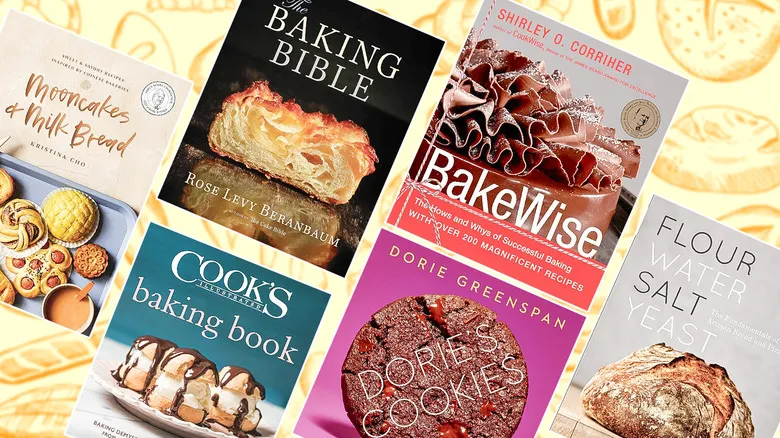The Baking Bible by Rose Levy Beranbaum
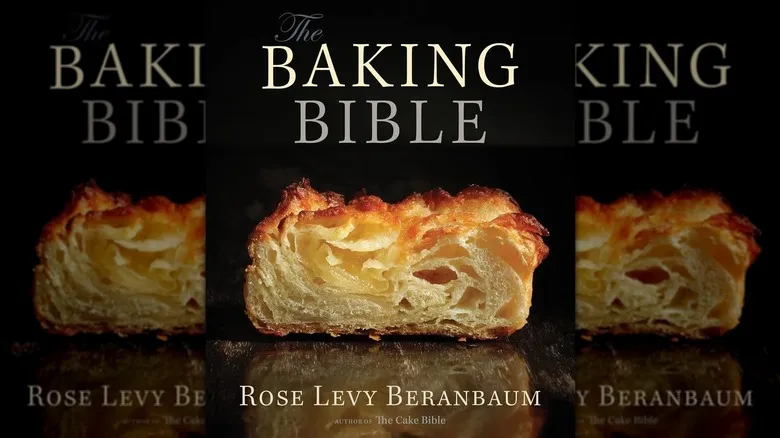
Rose Levy Beranbaum first made her mark as a baking expert 35 years ago with "The Cake Bible." However, for a more comprehensive compilation of her expertise, I highly recommend "The Baking Bible," which amplifies her extensive knowledge. She is the innovator behind the reverse creaming technique, a cake mixing method that combines butter and flour, resulting in an incredibly tender crumb. You can trust this book to provide a wealth of groundbreaking techniques.
While the information may seem overwhelming at times, Beranbaum's advice is always approachable and never pretentious. I often find myself returning to her simplest tips, such as the importance of using a separate cutting board for cooking (which absorbs flavors from onions and garlic) and another for baking (to avoid contaminating delicate ingredients like chocolate and butter).
Another valuable insight is her explanation of softened butter. She clarifies that the ideal softened stick of butter should not be a mushy mess at room temperature, but rather a slightly cool stick that yields to pressure while still offering some resistance. This understanding has significantly improved my results when creaming butter and sugar, enhancing the quality of my cakes and cookies. In summary, this book has transformed me into a fundamentally better baker.
Dorie's Cookies by Dorie Greenspan
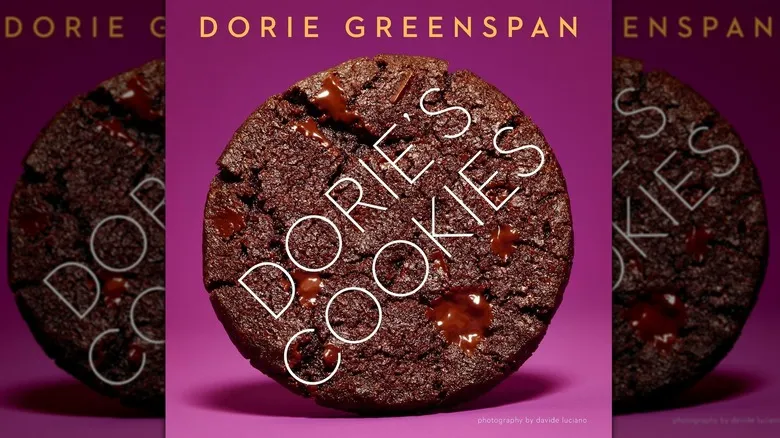
Dorie Greenspan offers a wide array of cookbooks, all of which are excellent for bakers, but her cookie-focused book truly set a precedent in the publishing world. "Dorie's Cookies" was the first to hit the shelves before other celebrity bakers released their own cookie cookbooks, making a remarkable impact with her revamped World Peace Cookies recipe. Among the other popular recipes that gained attention are her "Jammers," a delightful tart-cookie hybrid filled with streusel and jam, and the crisp, chocolate-chip-laden Mandelbrot, which happens to be my personal favorite.
In addition to being a heartfelt tribute to cookies, the book provides practical insights often missing from standard cookbooks. A standout feature is the inclusion of both volume and weight measurements in the recipes, a detail that serious bakers truly value. Furthermore, Greenspan encourages baking innovation, motivating readers to customize her cookies with a "playing around" sidebar included in many recipes. Other notable elements include guidance on cookie storage, tips for selecting ingredients, and simplified techniques (like using a muffin pan for thick, caramelized cookies!) that enable home bakers to achieve professional-quality results. I'm not alone in my admiration; the cookbook was honored with the James Beard Award for Best Baking Cookbook in 2017.
American Cake by Anne Byrn
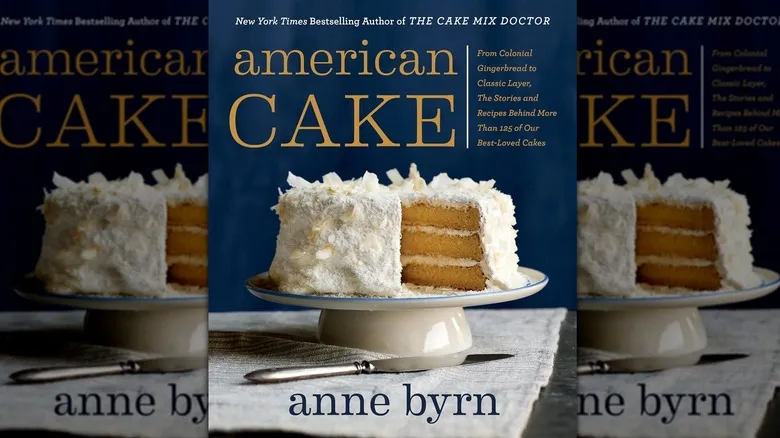
Combining elements of both a history book and a cookbook, Anne Byrn's "American Cake" narrates the tale of the United States through its iconic cakes, ranging from gingerbread to Red Velvet. While it appeals to history enthusiasts, the cookbook is particularly valuable for bakers eager to incorporate historical and scientific insights into their techniques and recipes.
For example, I found it fascinating to discover that red velvet cake is a descendant of the older mahogany cake, which developed a reddish tint due to the reaction between natural cocoa powder (also known as un-alkalized cocoa), acidic buttermilk, and baking soda. This chemical reaction enhances the anthocyanin, a compound that gives the cake its lovely ruddy color. Today, we often use red food coloring to amplify this effect, but understanding this scientific principle also clarified the distinction between Dutch (alkalized) cocoa powder and natural cocoa powder for me.
I also appreciate the book for reviving vintage and classic recipes that deserve to be remembered. One such recipe is ermine frosting, the original topping for red velvet cake—who would have thought frosting could be made from cooked flour and milk? Another delightful inclusion is the Brooklyn Blackout Cake, which features a generous amount of chocolate pudding.
Beard on Bread by James Beard
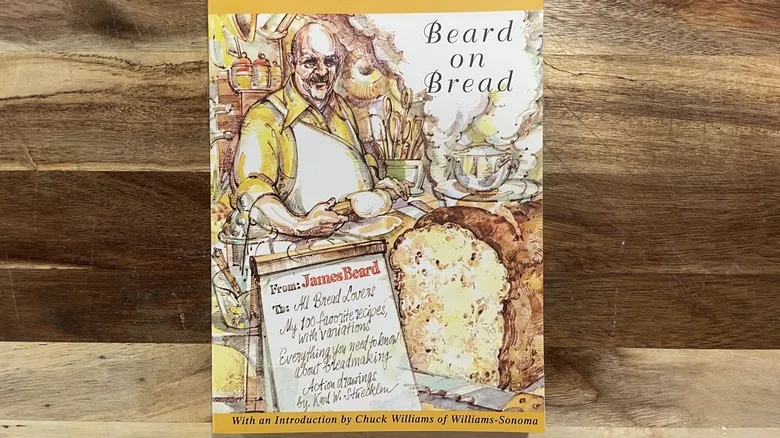
This compact cookbook, featuring only illustrations, may not seem appealing to the contemporary baker who is used to vibrant photos and detailed step-by-step guides. However, it has earned its classic status for good reason, having guided countless generations in the art of both quick and yeasted breads. For those unfamiliar, James Beard is a legendary figure in the culinary world, authoring over 20 cookbooks and being one of the pioneers to utilize television as a platform to teach cooking techniques. His 1973 publication, "Beard on Bread," stands out as his finest work for bakers, particularly for those venturing into bread-making.
While the recipes are undoubtedly reliable (his English Muffin Bread remains a revolutionary creation), the true treasure of this cookbook lies in the invaluable tips and techniques found in the first 30 pages. Here, Beard clarifies the distinctions between various flours, explains the advantages of using a baking tile, demonstrates how to score bread, and provides guidance on determining when your dough is properly proofed, among other insights.
Beard's writing style is the epitome of excellence—conversational, informative, and infused with his delightful wit. For example, he begins his sourdough recipe by declaring it "much overrated" and suggests that bakers focus instead on his Buttermilk White Bread, yet he follows up with a meticulously tested recipe you can rely on. "Beard on Bread" strikes a perfect balance of charm and practicality, making it as enjoyable to read as it is to bake from.
Cook's Illustrated Baking Book by America's Test Kitchen
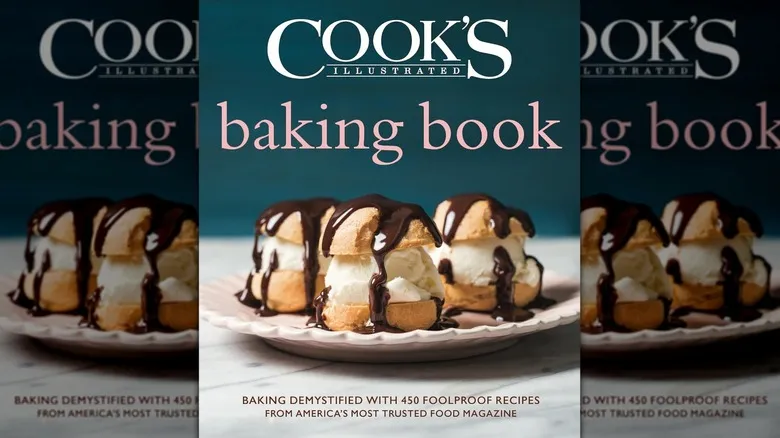
I have been an admirer of Cook's Illustrated, the magazine brand overseen by America's Test Kitchen, for quite some time due to its scientific approach to recipe development. The "Cook's Illustrated Baking Book" is no exception to this excellence. This book has provided me with the absolute best banana bread recipe I've ever encountered, which is quite a statement considering I've experimented with over fifty different variations throughout the years. Is it a bit labor-intensive to microwave bananas and then reduce the liquid to a concentrated juice? Absolutely, but this clever technique enhances every single bite of the banana bread.
Other valuable insights from this cookbook are more straightforward. For instance, the Brown Sugar Cookie recipe reimagines the classic sugar cookie by incorporating brown sugar and brown butter. These simple adjustments result in one of the most delicious cookies I've ever had. And that's just the beginning of the fantastic collection of reliable recipes within this book. As an added bonus, while my original copy is in black and white, modern bakers can now enjoy the updated edition featuring vibrant color photography.
BakeWise by Shirley Corriher

This is the ultimate baking guide for enthusiasts, and I can't think of a higher praise for a cookbook. "BakeWise" by Shirley O. Corriher, a biochemist who has become a culinary icon, is an incredibly detailed reference for everything from cakes to cookies, packed with a wealth of tips and scientific insights in every chapter.
A standout example of Corriher's unique educational approach is the section dedicated to the math and chemistry behind the Great American Pound Cake. Often overlooked in our baking repertoire, this cake serves as a gateway to understanding "baker's math," a valuable tool for any home baker tackling other cake recipes. What exactly is a high ratio cake? What are baker's percentages? This section clarifies it all.
The rest of the cookbook follows a similar format, using recipes to illustrate essential baking principles. As an added bonus, the recipes are absolutely delicious, making each lesson feel like a delightful reward. The pound cake mentioned earlier is a personal favorite, along with her Fudgy Brownie recipe, which transformed my understanding of chocolate desserts.
Tartine Bread by Chad Roberts
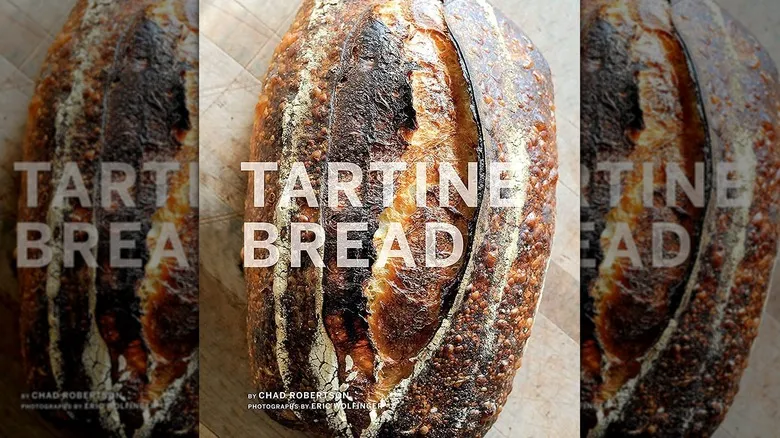
Describing this book (and its namesake bakery) as influential would be an understatement. Chad Robertson's cookbook "Tartine Bread" is largely credited with kickstarting the modern sourdough movement and features one of the most thorough and exceptional sourdough bread recipes available.
If you're even remotely serious about starting a sourdough culture, Robertson's detailed guide is essential. Much like a low-maintenance pet, a sourdough starter requires some basic feeding and care, but the payoff—a vibrant starter—will enable you to bake countless delicious loaves. Robertson also covers fundamental bread-making techniques, such as bulk fermentation, shaping, and scoring.
While these foundational skills are invaluable, don't overlook the other recipes. Tartine introduced me to Bostock, a frangipane-filled twist on French toast, and Ajo de Blanco, a creamy, garlicky gazpacho thickened with almonds and bread. Whichever bread recipe you choose, it will lead to even more delightful culinary experiences.
Mooncakes and Milk Bread by Kristina Cho
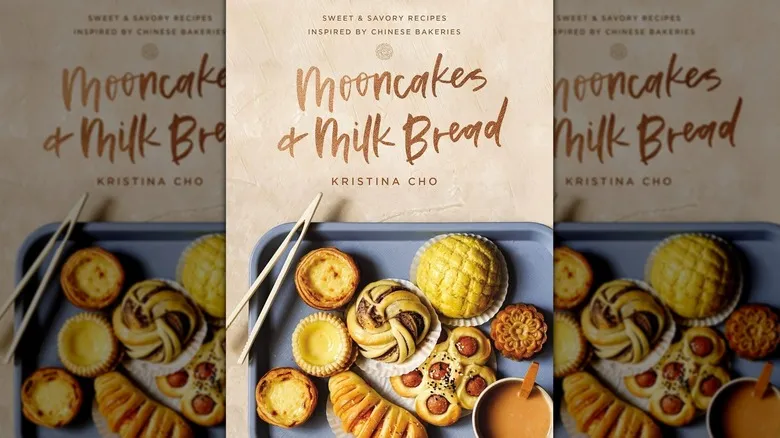
Kristina Cho's "Mooncakes and Milk Bread" holds a cherished spot in my heart and on my cookbook shelf. This remarkable cookbook shines a light on the delightful and specific realm of Chinese and American Chinese bakeries, blending Eastern and Western influences that have won over many fans. It evokes nostalgia while offering insights into recipes that have traditionally been hidden behind the counter.
Starting with an incredible fluffy milk bread recipe (the ultimate white bread recipe, in my opinion), Cho creatively uses this foundational recipe to craft both sweet and savory delights. Some of my top picks featuring the milk bread base include her Hotdog Flower Buns, Milk Bread Doughnuts with Salted Egg Yolk Cream (absolutely heavenly), and the Hong Kong-Style French Toast, which is generously filled with peanut butter and drenched in sweetened condensed milk.
Beyond my personal fascination with Cho's milk bread, the book is also perfect for bakers eager to master the art of pleating and shaping savory dumplings, creating steamed buns, and crafting the intricately detailed mooncakes, a traditional treat enjoyed during the Mid-Autumn Festival. For anyone looking to broaden their baking repertoire, "Mooncakes and Milk Bread" is a stunning place to begin.
Midwest Made by Shauna Sever

For those who appreciate the cozy pleasures of community cookbooks, Shauna Sever's "Midwest Made" brings you the same delights, reimagined with contemporary ingredients and techniques. This cookbook focuses on the art of baking in the Midwest, particularly the traditions brought by German, Scandinavian, Polish, Italian, and French immigrants. To create this collection, Sever explored numerous libraries in the American heartland, gathering charming and inventive recipes from various community cookbooks as well as her own family archives.
Unlike some other titles on this list, "Midwest Made" is straightforward and accessible. I can whip up her sweet and chewy Scotcheroos in no time, and making her Donut Loaf—a nutmeg-infused delight coated in melted butter and powdered sugar for ultimate indulgence—is almost absurdly simple. Here, it's not about complexity; it's about the simple pleasures derived from baking recipes that have been cherished through generations. For this reason, it certainly deserves a place on your bookshelf.
BraveTart by Stella Parks
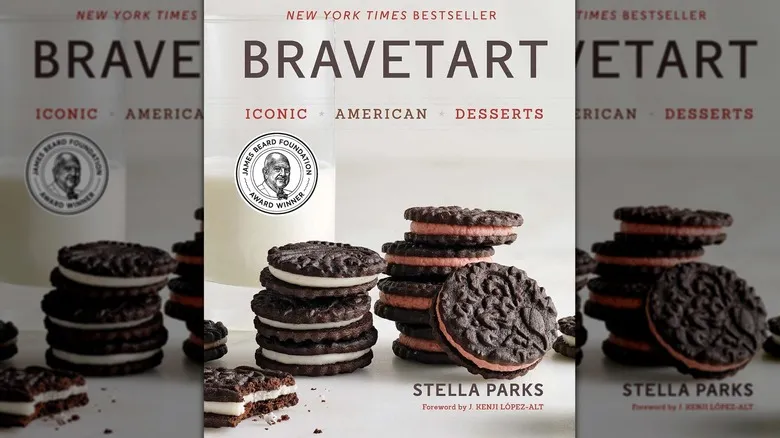
Another standout in the realm of cookbooks that blend history with culinary art, "BraveTart" features essential recipes ranging from Devil's Food Cake to Oreos. The unique variations she proposes make this book particularly remarkable, allowing bakers to unleash their creativity in what is often a strict and scientific discipline. Parks enjoys reimagining classic recipes herself, and she readily encourages fellow bakers to think outside the box.
Notable examples of her unconventional baking style include her Red (Wine) Velvet Cake, which incorporates rich red wine into the batter, and Honey-Roasted Peanut Butter Cookies, an elevated take on the classic thanks to the addition of crunchy honey-roasted peanuts. I have a particular fondness for her blondie recipe, which combines two of my favorite ingredients: malted milk powder and caramelized white chocolate. Additionally, her innovative Roasted Sugar has become my go-to secret ingredient for both cookies and whiskey sour cocktails.
However, it’s her meticulous focus on foundational recipes and baking techniques that has truly influenced my development as a baker. Parks has guided me in making my first batch of marshmallows, tempering chocolate, caramelizing sugar, and whipping stabilized whipped cream. She also introduced me to my favorite nerdy phrase to explain to others why using a scale in baking is essential: "A scale lets you see the Matrix."
Mastering the Art of French Cooking by Julia Child
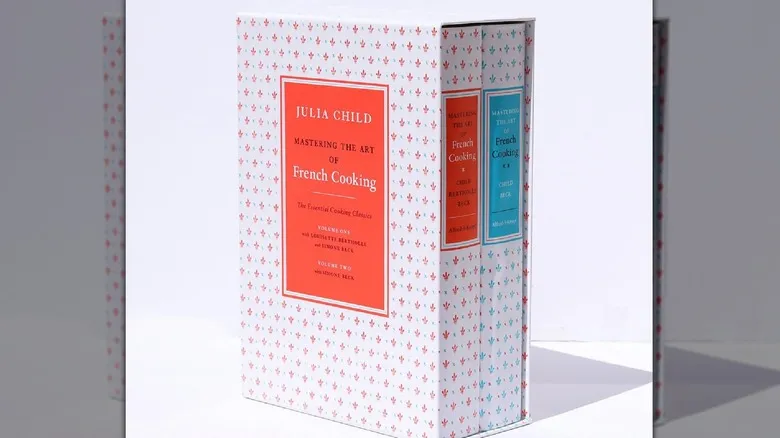
If you're eager to dive into French patisserie, Julia Child should be your go-to resource. "Mastering the Art of French Cooking, Volumes 1 and 2" not only offers a wealth of timeless savory recipes but also imparts Child's invaluable insights on classic dishes like clafoutis, crêpes, and Babas au Rhum.
What I appreciate most about this cookbook is its ability to translate intricate French techniques and tools for the home cook. You'll discover the advantages of using copper bowls and pans, tips for shaping and baking homemade baguettes, and the fundamentals of lamination—all within these volumes. While we often take this knowledge for granted, I still find it incredibly useful.
The cookbook also shines thanks to Child's refreshing honesty. Bakers who might feel daunted by attempting a soufflé are reassured by her laid-back perspective, as she famously stated, "you will get a soufflé of some sort no matter what you do," even if it doesn't turn out "magnificent" like a traditional one. Child approached cooking with a boldness that embraced the possibility of failure. Flat cakes and curdled buttercreams are essential milestones in any baker's journey, a truth that Child understood deeply.
Flour Water Salt Yeast by Ken Forkish
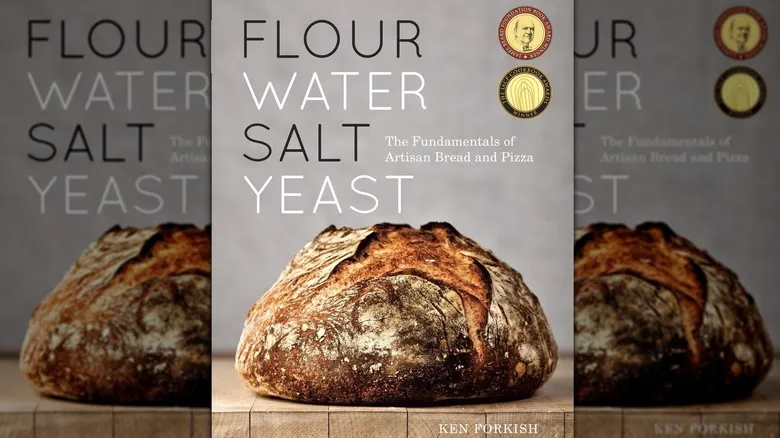
"Flour Water Salt Yeast" by Ken Forkish is, in my opinion, the ultimate bread recipe book. Forkish, a professional baker from Portland, Oregon, has introduced a new generation of bakers to the techniques of autolyse and fermentation, making it possible to create delicious bread at home.
One of the standout features of the book is that many recipes include detailed schedules, which help bakers organize their entire fermentation process. Forkish taught me that time is essentially an additional ingredient in bread making. While it's important for dough to proof to develop air bubbles and rise, this overlooks the amazing flavors that develop when dough is allowed to ferment properly. Forkish's recipes are sure to win over any skeptics on this matter.
For pizza lovers, his crust recipe is a must-try. It has become a gold standard for me and many other home cooks. Forkish's Pizza Margherita was my introduction to making pizza, and it provided me with the confidence and delicious results that inspired my future homemade pizza endeavors.
Black Girl Baking by Jerrelle Guy
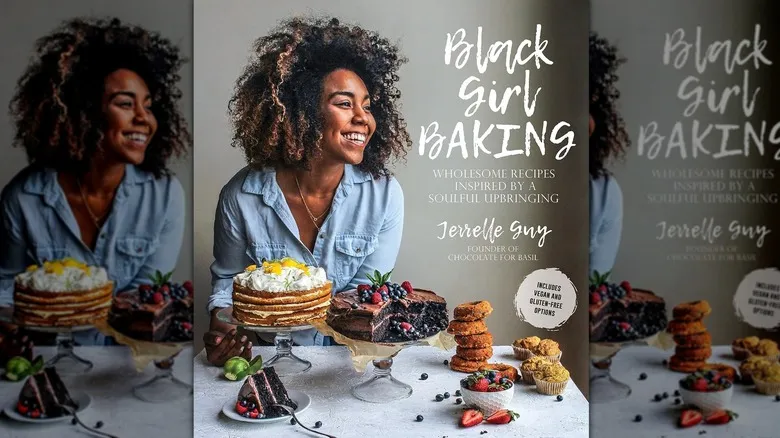
If you're in search of an introduction to diet-sensitive baking or a masterclass in culinary creativity, "Black Girl Baking" by Jerrelle Guy is the perfect choice. In a refreshing take on the traditional cookbook format, Guy dedicates a chapter to each of the five senses, showcasing her comprehensive approach to baking.
I will always be thankful to Guy for introducing me to the delightful Banana Bread Croutons, the most ingenious way to use leftover banana bread I've ever encountered, and the Halva and Cardamom Biscotti, which taught me that I can incorporate chopped halva candy into just about anything. The brilliance of her recipes lies in her use of ingredients that tantalize the taste buds but aren't typically linked to baking, such as miso, kombucha, and lemongrass.
The most unexpected aspect of this cookbook was its ability to broaden my perspective on the joys of gluten-free and vegan baking. One standout recipe is her gluten-free Macadamia Browned Butter Cashew Cookie Dough, which is, scoop for scoop, even better than ice cream. Additionally, I've grown to adore the vegan and gluten-free Sea Salt Butterscotch Tart for revealing the many delicious ways coconut oil, sugar, and butter can elevate my baking.
The Book on Pie by Erin Jeanne McDowell
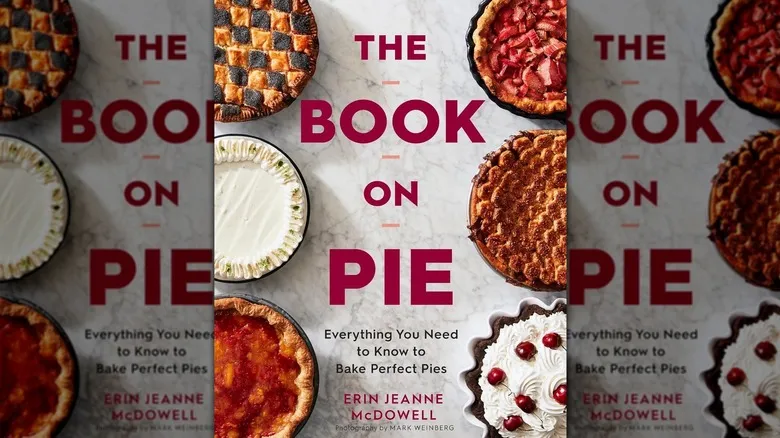
Pie is a completely different challenge. The combination of delicate pie crust and flavorful filling can be particularly tricky, even for seasoned pastry chefs. Fortunately, Erin Jeanne McDowell has authored a comprehensive guide on the topic. In "The Book on Pie," McDowell provides readers with everything they need, from innovative recipes to expert techniques.
In the sweet section, McDowell categorizes the pies into fruit, custard, and cream/chiffon varieties. Among my own triumphs are the Butterscotch Apple Pie, which combines apple pie filling with homemade butterscotch pudding, and the Apple Butter Pie, where apple butter serves as the custardy filling. The latter transformed my perspective on pie-making, boosting my confidence to explore further into the world of pastry. My favorite revelation in this section is her meringue pie crust—an idea so ingenious that it left me feeling a twinge of envy.
Even more impressive than these sweet delights is McDowell's creative savory pie section. Drawing inspiration from the historical roots of pie as a complete meal, these recipes range from the classic (Chicken Pot Slab Pie) to the adventurous and delightful (Smoked Salmon Tart with "Everything" Pie Crust).
Recommended
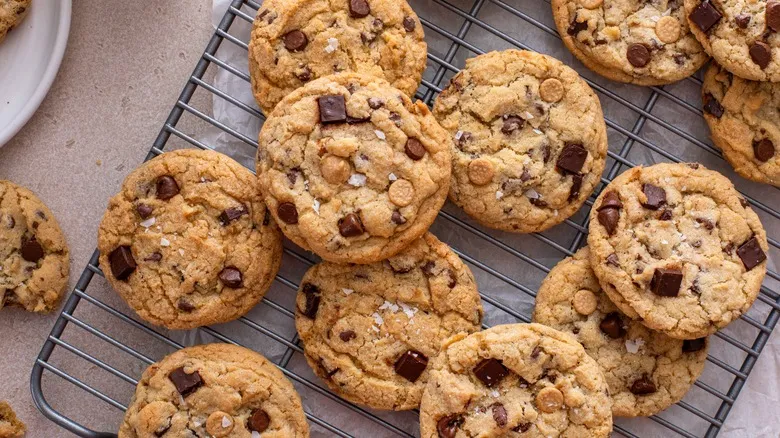
The One Minute Trick To Make Store-Bought Cookies Seem Fresh
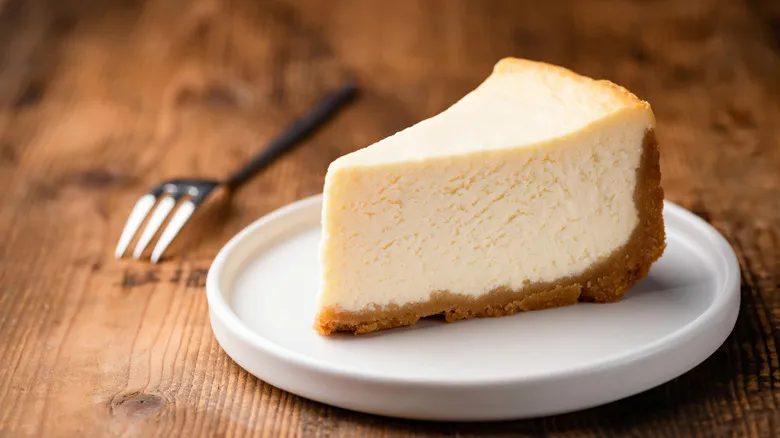
The Oven Hack To Guarantee A Moist Cheesecake Every Single Time
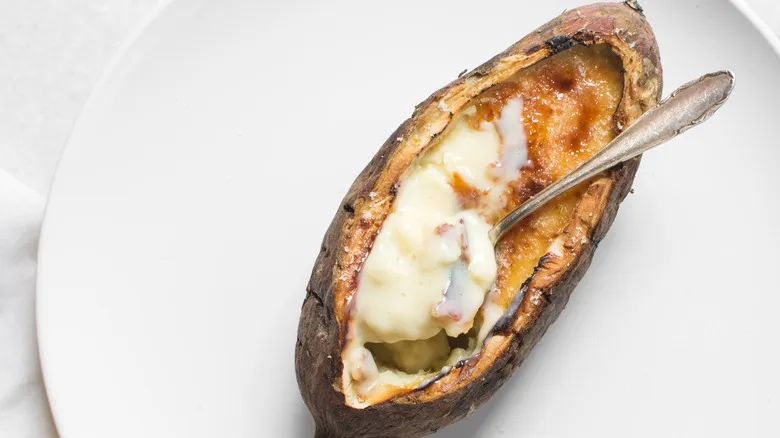
Reinvent Your Crème Brûlée By Making It Inside A Sweet Potato

5 Pro-Baker Tricks To Make Your Chocolate Chip Cookies Taste More Exciting
Next up

